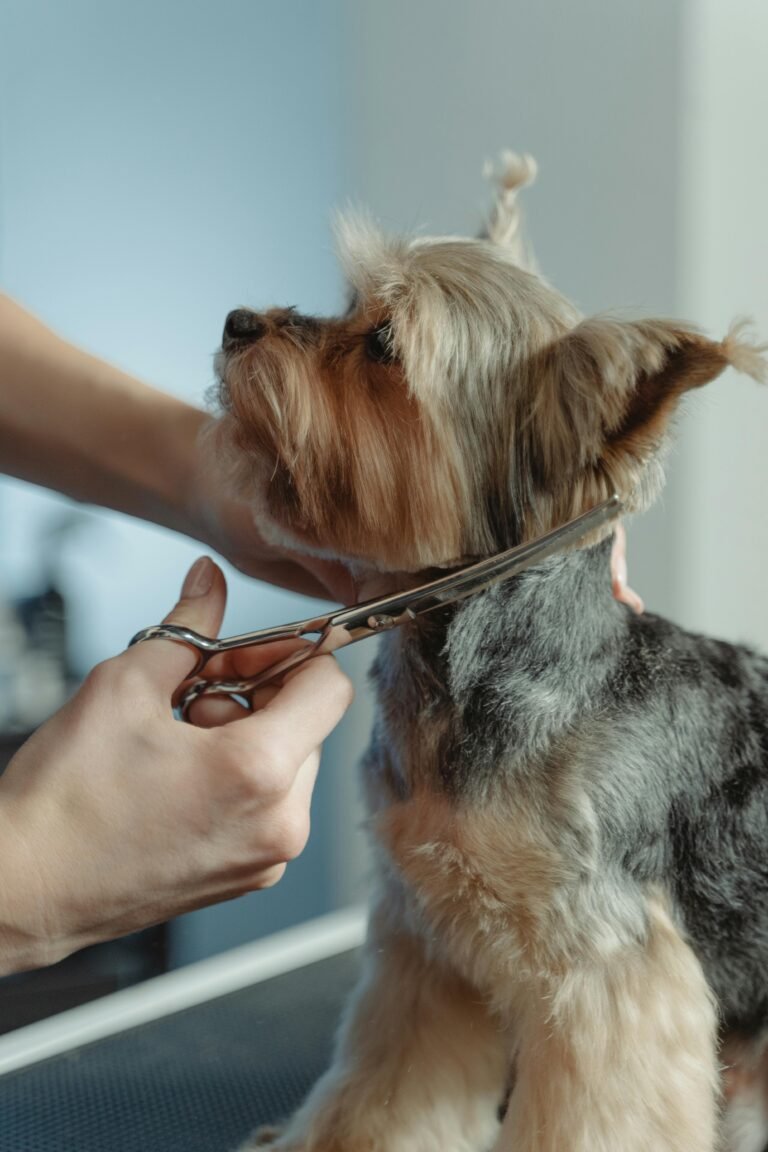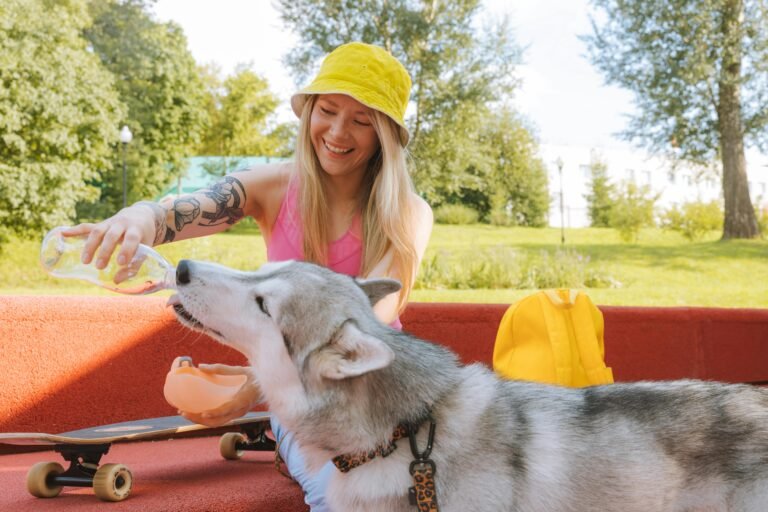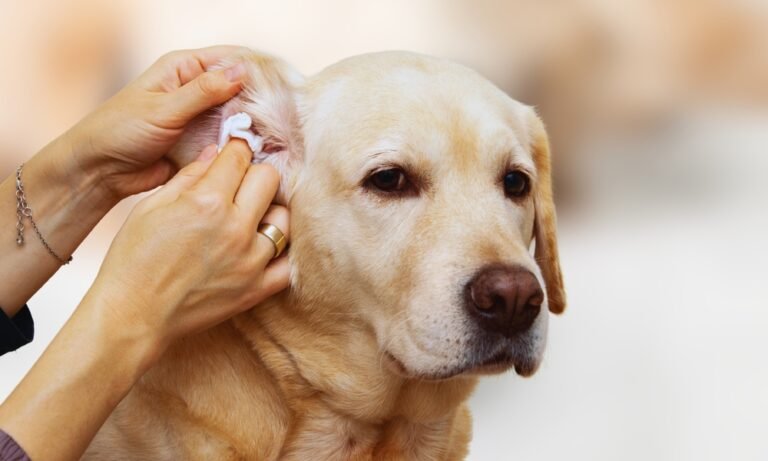Introduction
Every dog needs grooming, but not every dog needs the same tools. Using the wrong brush, comb, or clipper can cause discomfort, skin irritation, or even hair damage. Just like people have different hair textures, dogs have unique coat types that require specific care. Whether your pup has long, short, curly, or double fur, choosing the right grooming tools makes all the difference — for both comfort and results. Here’s a complete guide to safe, effective grooming tools for every coat type.
Why Choosing the Right Tools Matters
Grooming isn’t just about looks — it’s about health. The right tools help remove dead hair, distribute natural oils, prevent matting, and stimulate the skin for better circulation. Using improper equipment can tug, scratch, or pull at the coat, leading to stress or even injury.
- Reduces shedding and matting: Proper brushing keeps the coat tangle-free.
- Prevents skin irritation: Gentle tools protect sensitive skin and undercoats.
- Improves comfort: Dogs relax when grooming feels good instead of painful.
- Enhances appearance: The right tools bring out the coat’s natural shine and texture.
Understanding Your Dog’s Coat Type
Before buying grooming tools, identify your dog’s coat type. Most fall into one of these categories:
- Short Coat: Smooth, sleek fur that lies close to the skin (e.g., Beagles, Boxers).
- Double Coat: A dense undercoat beneath a top layer (e.g., Huskies, Golden Retrievers).
- Long Coat: Flowing, often silky hair that mats easily (e.g., Shih Tzus, Afghan Hounds).
- Curly or Wavy Coat: Tight curls or waves that trap debris and require regular brushing (e.g., Poodles, Labradoodles).
- Wire Coat: Rough, bristly fur typical of many terriers (e.g., Border Terriers, Schnauzers).
Once you know the coat type, you can select tools designed to clean, detangle, and protect that specific texture.
1. Tools for Short-Coated Dogs
Short-haired breeds don’t need heavy brushing, but regular grooming keeps coats shiny and minimizes shedding.
- Rubber grooming glove or curry brush: Great for removing loose fur and stimulating the skin.
- Bristle brush: Use soft, natural bristles to polish the coat and distribute oils.
- Microfiber cloth or chamois: Wipes away dust and gives a glossy finish after brushing.
Avoid: Metal slicker brushes — they can scratch skin on short-haired dogs.
2. Tools for Double-Coated Dogs
Double-coated dogs have a thick undercoat that sheds seasonally. Using the wrong tools can damage this natural insulation.
- Undercoat rake: Removes loose underfur during shedding season without cutting the topcoat.
- Slicker brush: Helps untangle the outer layer and pull loose hairs to the surface.
- De-shedding tool: Use sparingly to thin out heavy shedding — don’t overuse, as it can strip the coat.
Avoid: Clippers or thinning shears unless recommended by a professional — shaving a double coat can interfere with temperature regulation.
3. Tools for Long-Coated Dogs
Long-haired breeds are beautiful but high-maintenance. Their coats can easily mat, so gentle, consistent grooming is essential.
- Pin brush: Long, flexible pins glide through thick hair without pulling.
- Wide-tooth comb: Excellent for detangling and checking for mats behind ears or under legs.
- Detangling spray: Loosens knots and reduces friction during brushing.
- Mat splitter or dematting comb: For gently breaking apart small mats — always work slowly and calmly.
Avoid: Hard tugging or aggressive brushing — it can damage hair and cause pain. Work out tangles gently or cut them out if severe.
4. Tools for Curly or Wavy-Coated Dogs
Curly coats trap dirt easily and need frequent brushing to prevent matting. These dogs benefit from tools that separate curls without pulling.
- Slicker brush (fine pins): Keeps curls fluffy and removes tangles.
- Metal comb with alternating teeth: Great for finishing and checking for hidden mats.
- Conditioning spray or leave-in detangler: Keeps curls soft and prevents breakage.
- High-quality clippers: If trimming at home, choose quiet, low-vibration models designed for curly coats.
Avoid: Cheap clippers — they can snag and frighten sensitive dogs. Always go slow, with sharp, clean blades.
5. Tools for Wire-Coated Dogs
Wire-haired breeds require special attention to maintain their coarse texture. Regular brushing keeps them tidy, but “hand stripping” — removing dead hair manually — helps preserve coat quality.
- Slicker brush: Loosens dirt and detangles without softening the wire texture.
- Stripping knife or grooming stone: Used gently to remove dead coat from the top layer (not for all breeds — consult a groomer first).
- Comb with strong teeth: Helps maintain shape and remove loose fur around the beard or legs.
Avoid: Shaving wire coats — it softens the texture and may cause skin irritation or color changes.
6. Essential Tools for All Coat Types
No matter your dog’s breed or fur length, some tools are universally beneficial for grooming:
- Nail trimmers or grinders: Prevent overgrowth and improve paw health.
- Ear cleaning solution and cotton pads: Prevent wax buildup and infections.
- Toothbrush or dental wipes: Maintain oral hygiene as part of your routine.
- Microfiber towels: Absorb moisture quickly after baths without harsh rubbing.
- Detangling sprays and finishing mists: Add shine and softness post-grooming.
7. Grooming Tool Safety Tips
Even the best tools can cause problems if used incorrectly. Keep these safety guidelines in mind:
- Always brush in the direction of hair growth.
- Inspect skin regularly for redness, bumps, or parasites.
- Disinfect tools after each grooming session to prevent bacteria buildup.
- Replace dull clipper blades and worn brushes promptly.
- Introduce new tools slowly, rewarding calm behavior each time.
8. When to Seek Professional Help
If your dog’s coat mats frequently or you’re unsure about using certain tools, consult a professional groomer. They can show you the proper brushing technique, recommend safe products, or help desensitize anxious dogs. Some breeds, like Poodles or double-coated Shepherds, benefit from periodic professional maintenance between home grooming sessions.
Conclusion
Choosing the right grooming tools for your dog’s coat isn’t just about convenience — it’s about care, comfort, and confidence. The right brush or comb can transform grooming from a stressful task into an enjoyable bonding experience. With safe tools, gentle handling, and a little patience, your dog’s coat will stay healthy, shiny, and full of life — no matter what type of fur they wear.






